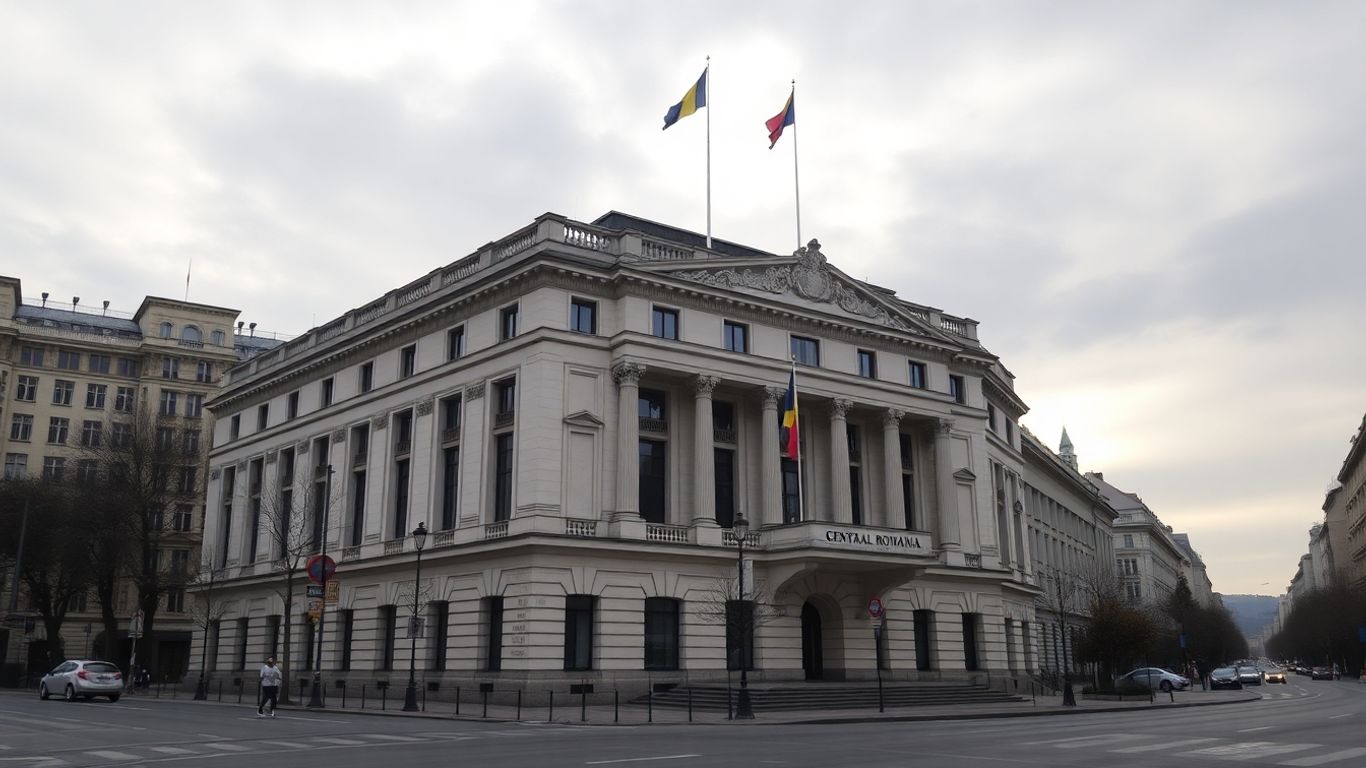Romania’s central bank left its benchmark interest rate unchanged at 6.5%, a decision closely watched by markets as the country grapples with persistent inflation and fiscal challenges. The move, widely expected by analysts, highlights the National Bank of Romania’s (BNR) cautious approach as it navigates shifting inflation trends, government budget reforms, and a turbulent global economic environment.
Key Takeaways
- BNR maintained its key policy rate at 6.5%, signaling no imminent cuts.
- Inflation remains elevated, influenced by fiscal and regulatory changes.
- Economic activity is expected to stagnate in the coming months.
- Potential interest rate reduction is unlikely before mid-2026.
- External risks, including geopolitical tensions, add uncertainty to the outlook.
Background: Why the Rate Hold?
The central bank’s decision was shaped by several recent developments, most notably the expiry of Romania’s electricity price cap and an increase in VAT earlier this year—moves that have contributed to higher consumer prices. While the inflation rate is forecasted to plateau soon, BNR officials believe that any decline will be slow, especially in the face of transitory cost shocks.
At the same time, a government fiscal package adopted mid-year is expected to create long-term disinflationary pressures, mainly by reducing aggregate demand. However, any significant policy easing remains on hold due to the ongoing need for fiscal consolidation and compliance with EU deficit procedures.
Growth Outlook: Stagnation Ahead
The central bank projects that economic activity in Romania will remain sluggish for the rest of 2025, with GDP expected to show little or no growth in the second half of the year. This near-stagnation reflects mixed performance among key sectors and uncertainty regarding consumer demand amid rising costs.
Estimates for annual GDP growth hover between 1.3% and 1.5% for the full year. Nevertheless, some analysts anticipate the possibility of mild contraction by year-end, particularly if external shocks or further domestic fiscal tightening occur.
Inflation and Monetary Policy: When Will Cuts Come?
Despite high inflation, most experts see little chance of an interest rate cut this year. BNR is prioritizing stability and appears prepared to keep rates steady at least into mid-2026. The pace and timing of future rate reductions will depend heavily on whether inflation returns to the bank’s target range—currently anticipated by late 2026.
Meanwhile, commercial banks expect some easing of market interest rates as liquidity improves, but not as a result of policy action. The central bank may also use more nuanced liquidity management tools if economic growth disappoints.
External Challenges and Risks
Romania’s economic landscape is complicated by ongoing global trade tensions, the war in Ukraine, and elevated energy prices. These factors, coupled with potential increases in European defense and infrastructure spending, create further unpredictability for policymakers in Bucharest. Any change in this external environment could quickly alter the domestic inflation and growth outlook.
Outlook
BNR remains firmly in wait-and-see mode, closely monitoring both domestic factors—like fiscal reforms and inflation trends—and global risks. While some softening of rates may eventually be possible, the central bank is committed to keeping inflation expectations anchored and ensuring macroeconomic stability in the months ahead.
References
- Romania’s central bank keeps monetary policy at 6.5%, Romania Insider.
- Romania’s central bank keeps interest rate at 6.50% amid inflation concerns By Investing.com, Investing.com.
- Romania’s central bank holds key rate at 6.5% | Romania Economy News, SeeNews.
- Romanian Central Banker Sees Stable Rates at Least Through March, Bloomberg.
- Analysts see no policy rate cuts in Romania, but possibly lower market interest rates, Romania Insider.






